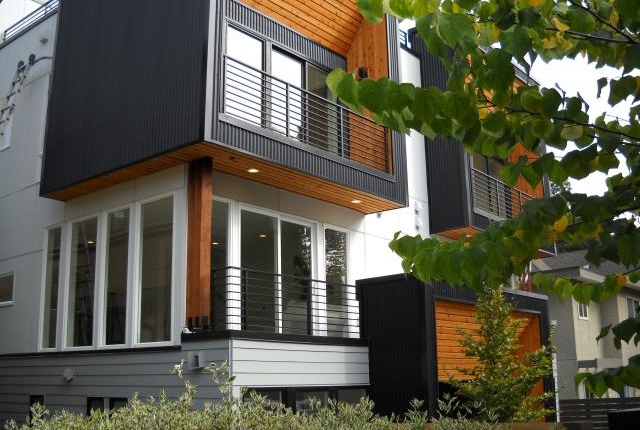Residential Assisted Living (RAL) Makes So Much Sense in a Post-COVID World
By Taylor Miller, Assistant Project Specialist – OBA
COVID – Changing the Face of Nursing Homes
When is the last time you visited a nursing home? It certainly was not after March 11th, 2020 when the World Health Organization declared the Coronavirus Disease (COVID-19) a pandemic. At its brink one thing was certain, as a nation we had to make a concerted effort to protect our elder citizens. As a result, many traditional style nursing homes closed their doors to family visitors, outside healthcare providers, and even some staff. Still COVID penetrated the walls of these facilities and began to wreak havoc on this demographic with a staggering 40% of COVID deaths linked to nursing homes. Thus, the demand for innovative thinking and re-imagining of these communities has never been more crucial. How can we better protect our parents and grandparents? What does safe, socially distanced, and practical living look like while also including facility amenities that would make anyone want to call it home? These are questions that need answers, and plenty of capital. Forward-thinking investors across America are leading the charge with new residential assisted living concepts in the wake of the pandemic as more citizens than ever before are approaching retirement.
Residential Assisted Living – More Relevant than Ever
In ten years, all 71 million baby boomers will be 65 years of age or older. The days of placing sixty or more residents into a nursing home, two per room, are over. This presents an enormous opportunity for developers and investors. The demand for safe and comfortable living will force developers to design spaces that singularly house residents in communities with half the typical overall occupancy. Given the boom in our elderly population and the need to space them out even more, investing in RAL communities has never made more sense. While, first and foremost, investment in RAL’s is driven by the desire to provide a safe and comfortable living option, it is also driven by the potential return on investment. It is a truth that may be hard to swallow, but premium RAL amenities will come with a price. When you have worked your entire life, are ready to cash in your retirement funds, and live like you’ve always dreamed, you will spare no expense. The RAL market for the next 10 years will grow to provide a range of facilities that vary in benefits and amenities. You may see a community that does not look much different than a high to middle tier 50 unit apartment complex, but instead it houses 25 RAL units and includes amenities like a movie theater, yoga studio, barbershop, and full spa. However, down the street there may be a smaller complex that houses the same 25 RAL units and features less impressive amenities like a grass courtyard for reading or a simple café. Each facility will have their own socioeconomic target demographic and their own rate of return on investment. In either case, the demand for safe, comfortable, and in some cases affordable living will be prominent in the years to come.
Technological Solutions to Challenging Situations
The ability to couple socially distanced units and amenities with today’s technology allows for an attractive living situation, one that anyone would want to call home. Typical nursing home communities have plenty of staff walking the halls, going in and out of rooms, and using the same restrooms, water fountains, and doorknobs as the elderly residents. As you can imagine, this creates a highly transmittable environment that has proven deadly during the COVID pandemic. Technology permits us to distribute medication, conduct doctor consultations, and serve meals in a low transmission environment. Imagine a luxurious single bedroom condominium with a view, plenty of natural light, a TV that doubles as a video conference device for doctor consultations, a pneumatic tube for medication delivery, and touchless room service delivery. These are just a few of the innovations that could be implemented in the RAL communities in the coming years.



